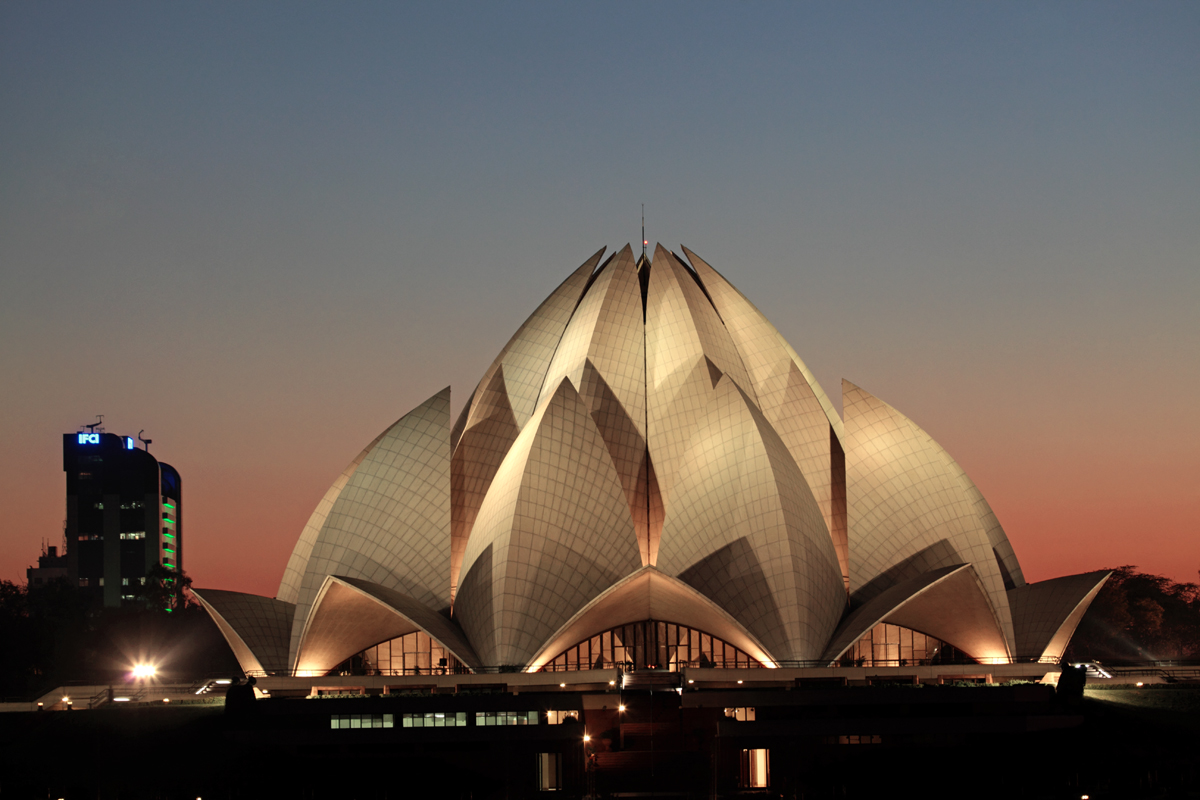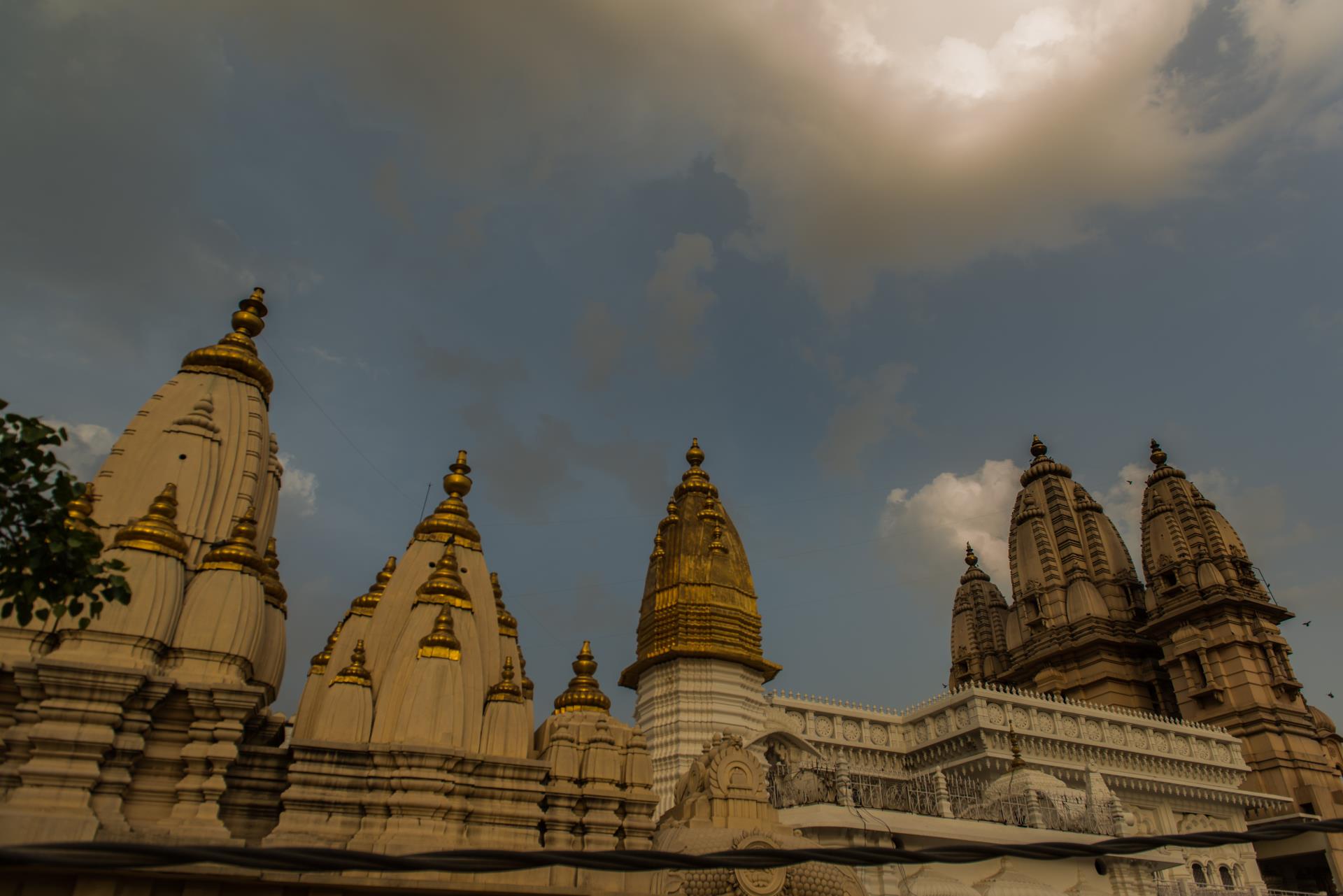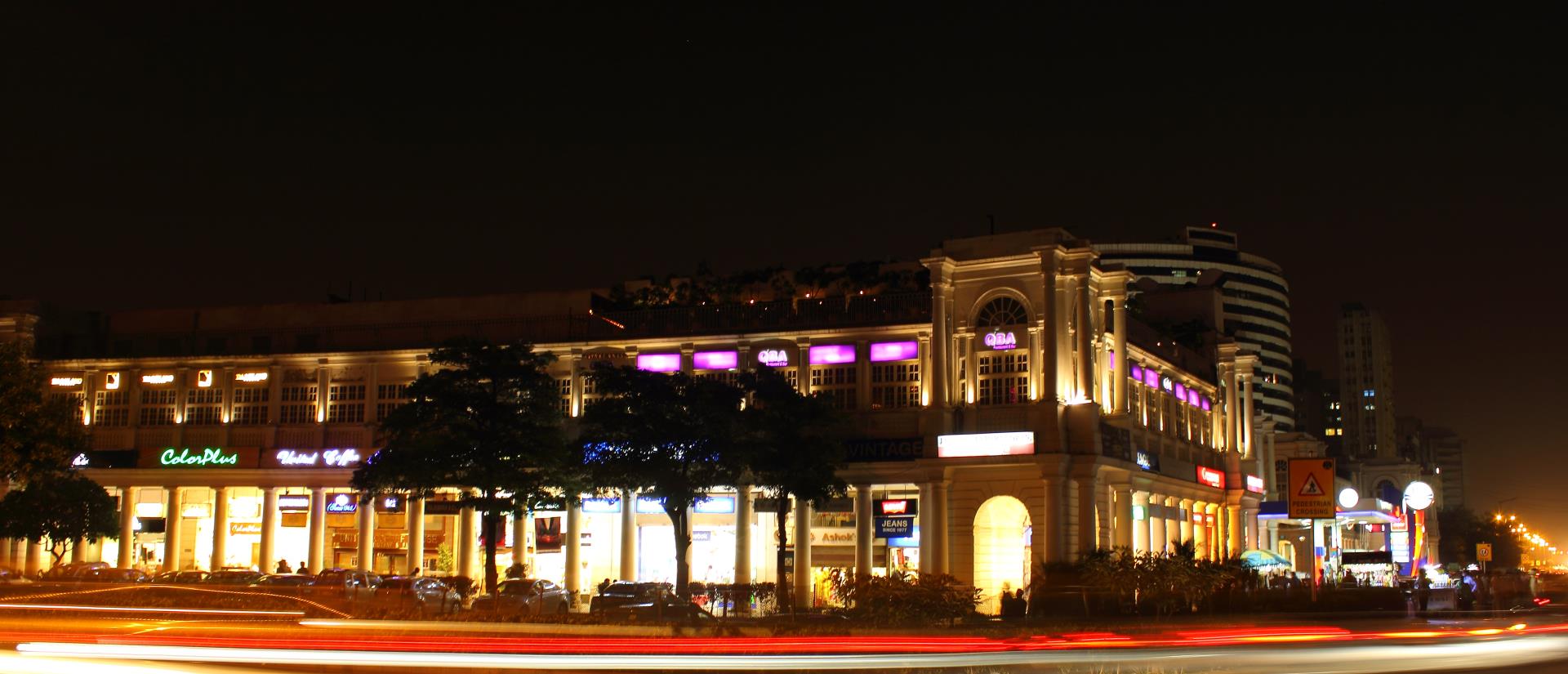
Sorry, we couldn't find anything that matches your search.
Destination

Famous Places to Explore in Hyderabad
A vibrant city with the imposing...

Raipur Tourist Places | Best Place to Visit
The stronghold of several erstwhile...

Ahmedabad
Declared as India's first UNESCO World...
#
Built in the memory of Mohandas Karamchand Gandhi, who is revered as the Father of the Nation, Raj Ghat is a marble platform where he was cremated on January 31, 1948. Lying on the banks of the Yamuna river, Rajghat is fringed by lush well-manicured lawns that are dotted with trees. The mortal remains of Gandhiji were cremated at this ghat.
The samadhi is a true reflection of the man himself and exudes a simplicity that he came to be associated with. A brick platform where his body was burned and a black marble platform are surrounded by a marble fence. The words 'He Ram', which was the last thing Gandhiji said, have been inscribed on the memorial. An eternal flame stands adjacent to it.
Various trees that dot the landscape have been planted by dignitaries like Queen Elizabeth II, former US president Dwight Eisenhower, former Australian Prime Minister Gough Whitman etc., and bear their names on a plaque.
Visitors are required to remove their shoes before paying homage to the leader. A ceremony is held every Friday to mark the day he died. There are two museums nearby, which are dedicated to Gandhiji.
The memorial was designed by Vanu G Bhuta, and this national shrine was bestowed with a number of awards for its architectural design. The memorials of various other leaders such as Lal Bahadur Shashtri, Indira Gandhi , Jawaharalal Nehru, Rajiv Gandhi and Sanjay Gandhi are also located inside Raj Ghat.








